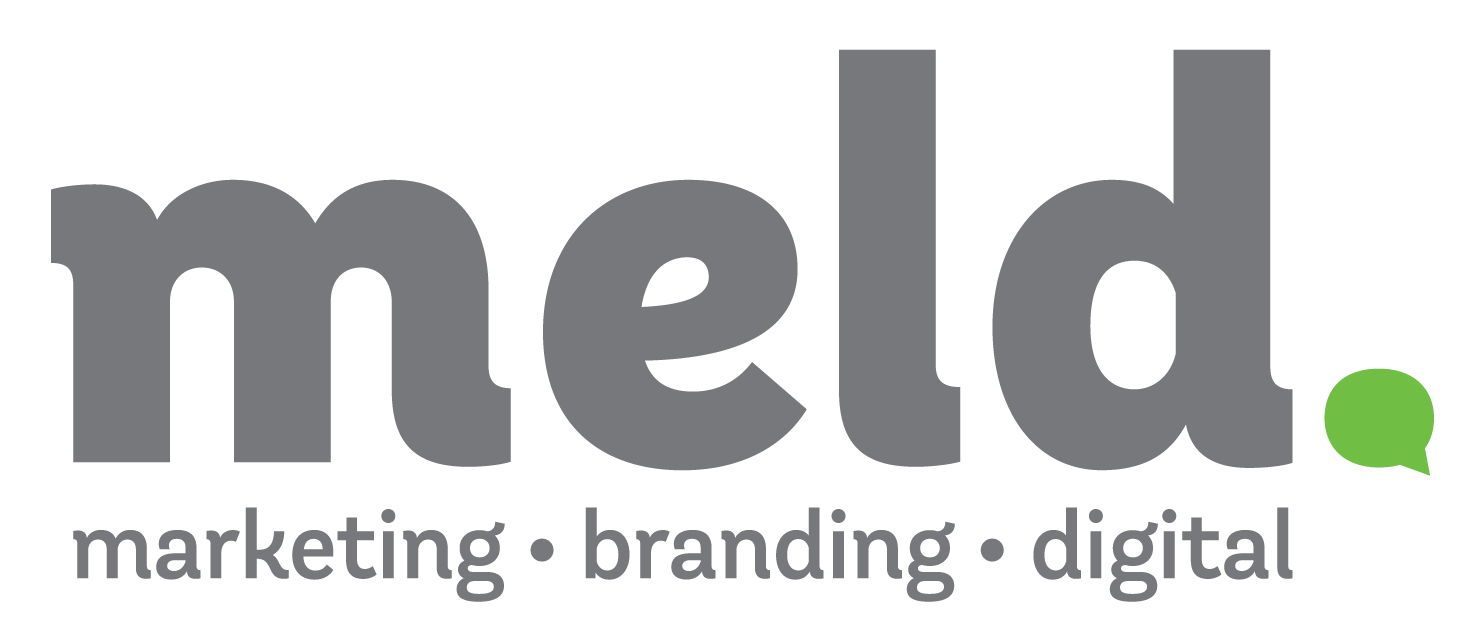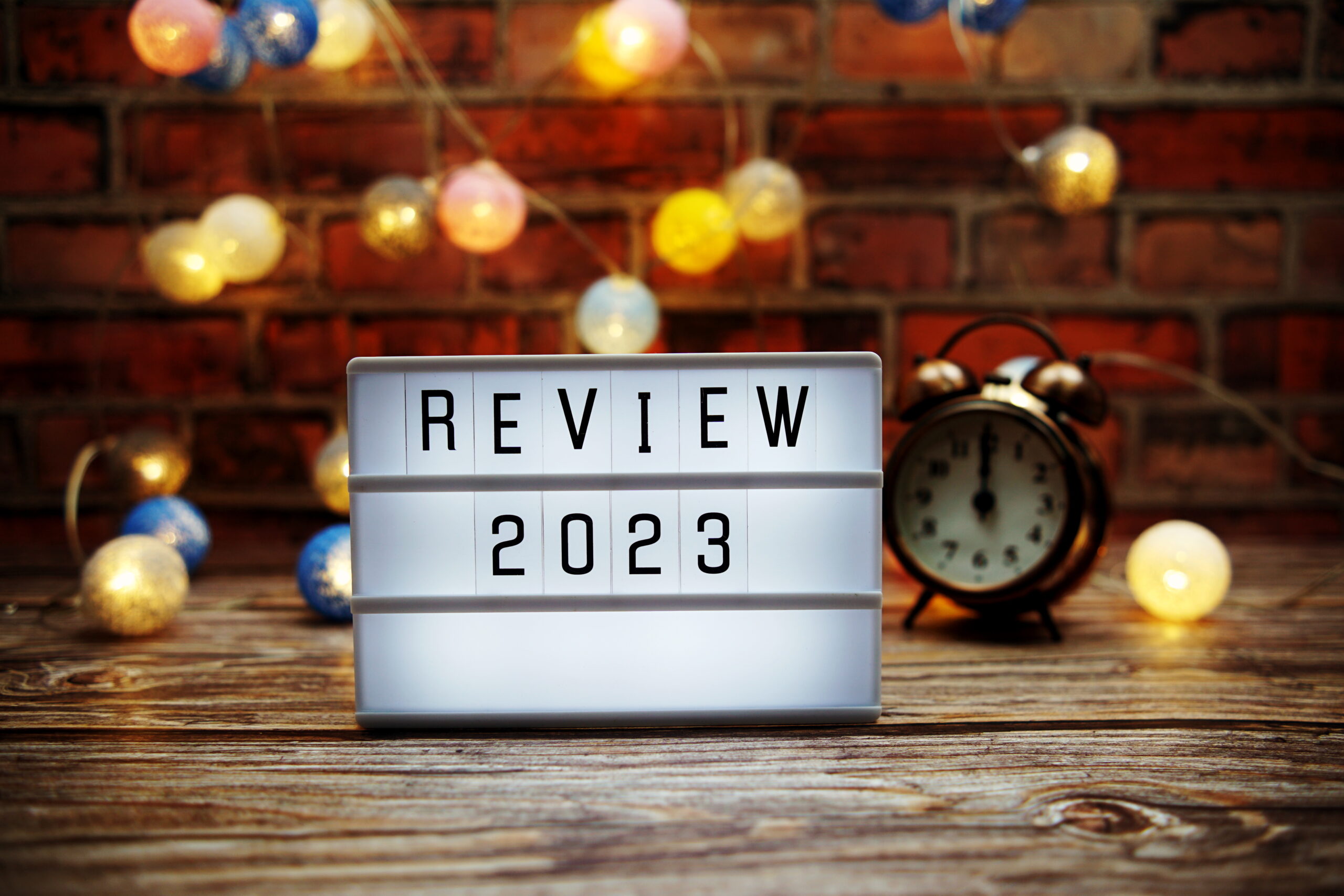It’s 2023. Today’s workday might entail a hairy commute involving a Lego pileup on the stairs. Or a temporary dip in productivity thanks to an overenthusiastic canine coworker who demands attention.
That is, if you’re fortunate enough to have a job that allows you to work remotely.
Is the Future of Work Remote?
If 2020 was the year of remote work, 2022 was the year of return-to-work. Companies like Starbucks, Disney, and Apple are requiring their employees to return to the office, at least on a part-time basis. Remote work listings are also declining. In December 2022, 13.2 percent of jobs advertised on LinkedIn were remote—down from 20.6 percent in March. Employment sites like Indeed.com and ZipRecruiter are reporting a similar decline.
Employees agree. Gallup surveyed 8,700 U.S. employees working in jobs that can be performed remotely. Twenty-six percent said they work exclusively from home, down from 39 percent in February.
Remote work in 2023 might seem like a passing trend. But there’s clear evidence to support that remote work is now a permanent way of life. According to Zippia, 36.2 million American employees are expected to be working remotely by 2025. While remote jobs currently make up 15 percent of work opportunities in the U.S, 68 percent of Americans say they would prefer to be fully remote.
At Meld, the decision to become a fully remote branding, marketing, and digital agency was driven by the Covid-19 pandemic. But the decision to remain remote has come from our ability to make a remote environment work for our team and clients.
We realize that hasn’t been the case for all companies—nationally, regionally, in the state of Iowa, or in the Iowa City-Cedar Rapids Corridor where Meld is headquartered. Well-known national companies based in the Corridor, including Pearson, Ruffalo Noel Levitz, and GoDaddy have announced plans to close or downsize offices in recent years. These decisions appear to have been made, at least in part, due to shifting workplace trends.
Admittedly, the journey to becoming a fully remote agency hasn’t all been smooth sailing. Meld faced many of the challenges companies encountered after going remote in 2020—Zoom fatigue, blurred lines between work and home life, tech troubles, collaboration barriers.
As we go full steam ahead into 2023, we wanted to share some of the benefits of remote work we’ve experienced, as well as some tips that have helped us along the way.
Remote Work is More Than ‘Working from Home’
Most people who work remotely would agree that being able to work in sweatpants and slippers is a bonus. But the case for remote work goes beyond workday comfort. In a 2022 Pew Research Center study, 64 percent of employed adults said working from home has made it easier to balance work and their personal life. Parents no longer have to race out of the office to get home and make dinner before evening practices and rehearsals. Time spent in traffic can be used for household chores, hobbies, and self-care.
We’ve heard similar stories from our team—remote work has allowed them to spend more time with family and friends, more time pursuing hobbies, and more time recharging their batteries. Our team is happier, healthier, and more creative as a result.
Navigating Remote Work Distractions
When the dog barks, the doorbell rings, or the neighbor fires up the lawnmower, chaos can ensue—especially when you’re on a call with a client. Fortunately, most of us have learned to navigate these distractions with ease. “Sorry about that, my furry, four-legged coworker wanted to say hi!”
And let’s face it: The office has historically been full of distractions. From the coworker always stopping by to ask a ‘quick’ question to the loud talking and laughter when you’re on a call, quiet time is a luxury in an office space. In fact, businesses lose $600 billion a year to workplace distractions.
Despite the misconception that remote employees spend their workdays watching TV, they’re actually more productive than in-office employees. Remote workers are 35 to 40 percent more productive than those who come into the office to work.
Within our team, we’ve implemented a policy that gives employees permission to temporarily sign out of Slack and email when they need ‘heads-down’ time to work. During this time, phone calls and text messages are reserved for emergencies only. Giving our team dedicated, uninterrupted time to strategize and create enables our team to be more productive. It also decreases the need for after-hours work.
Tools for Collaboration in a Fully Remote Environment
One of our biggest concerns with becoming a fully remote company was that collaboration would be negatively impacted. Collaboration is fundamental to our agency and to the incredible work we do for our clients.
The good news is that there are tons of collaboration tools on the market. These tools allow our team to join forces and produce great work, just like we would in the office. We can also work virtually alongside our clients.
Here are a few of the tools our team uses daily:
Slack
From communicating about clients and projects to sharing team updates, Slack is an invaluable tool for keeping everyone in the loop. We even have Slack channels for several of our partners, which makes communication seamless.
Asana
Keeping track of projects in a remote environment can be tricky. Asana is an easy-to-use project management tool that helps our team manage projects and all the tasks associated with them. It’s how we ensure deadlines are met, track project progress, and see what each member of the team is working on.
Google Meet
As a G-Suite agency, our preferred tool for scheduling meetings is Google Meet. “Let’s jump on a Google Meet” is a common refrain you’ll hear during the workday when someone on the team has a quick question or needs a fun mental break.
Jamboard
One of the disadvantages of virtual meetings is not having access to a whiteboard. Jamboard is a great collaboration tool that functions as a virtual whiteboard, where meeting participants can draw or add sticky notes to organize their thoughts.
Sometimes it doesn’t always make sense to hop on a call and we need to send a quick message to our clients, but it’s not necessarily worth an entire email. That’s where WhatsApp comes in. WhatsApp is a versatile platform we use to send out group messages, no matter what mobile operating system everyone is using.
Is Remote Work Here to Stay?
For Meld, the answer to that question is a resounding yes! Becoming a remote-first agency has allowed us to eliminate unnecessary overhead expenses while giving our employees the flexibility to work in the environments where they can be most creative and productive.
Remote work still has its challenges. But if anything, it’s challenged us to communicate more openly and to seek new ways to collaborate effectively.



